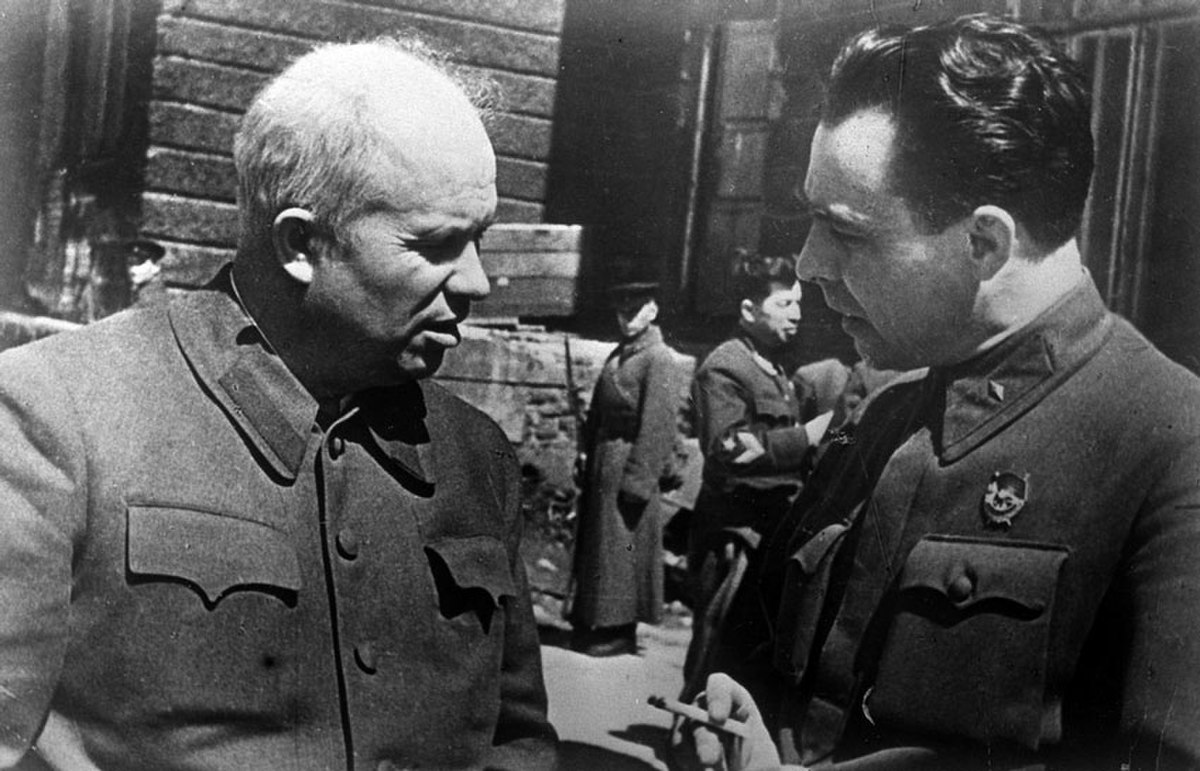
Khrushchev and Brezhnev
UkraineFollowing Stalin's death on March 5, 1953, a collective leadership including Khrushchev, Malenkov, Molotov, and Beria initiated de-Stalinization, marking a shift from Stalin's policies, including his russification approach. Criticisms of these policies were openly voiced by the Communist Party of Ukraine (CPU) as early as June 1953. Significant in this period was the appointment of Aleksey Kirichenko, an ethnic Ukrainian, as the First Secretary of the CPU, the first since the 1920s. De-Stalinization involved both centralization and decentralization efforts. In a notable act of centralization, the RSFSR transferred Crimea to Ukraine in February 1954, during the 300th anniversary celebrations of Ukraine's reunification with Russia, reflecting a narrative of brotherly relations between Ukrainians and Russians.
The era, known as the "Thaw," aimed at liberalization and included amnesties for those convicted of state crimes during and after the war, the establishment of Ukraine's first mission to the United Nations in 1958, and a rise in the number of Ukrainians within the CPU and government ranks. This period also witnessed a cultural and partial Ukrainization thaw.
However, Khrushchev's deposition in October 1964 and Brezhnev's ascent marked the beginning of the Era of Stagnation, characterized by social and economic stagnation. Brezhnev reintroduced russification policies under the guise of unifying Soviet nationalities towards a single Soviet identity, in line with Lenin's vision for communism's final stage. This period under Brezhnev was also defined by the ideological concept of "Developed Socialism," delaying the promise of communism.
Brezhnev's death in 1982 led to the successive, brief tenures of Andropov and Chernenko, followed by Mikhail Gorbachev's rise in 1985, marking the end of the Era of Stagnation and the beginning of significant reforms leading towards the dissolution of the Soviet Union.
